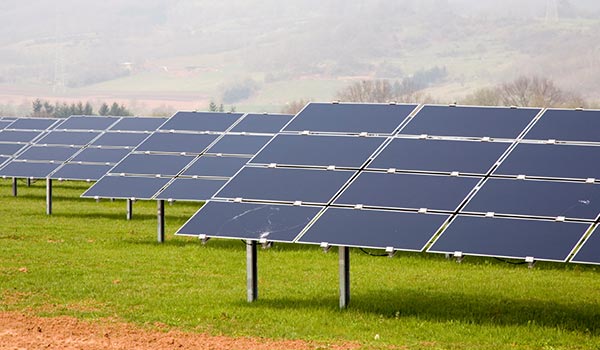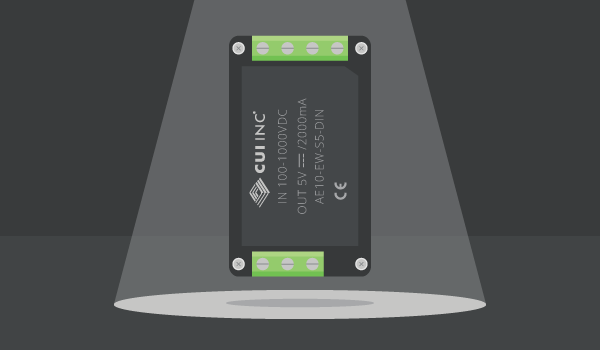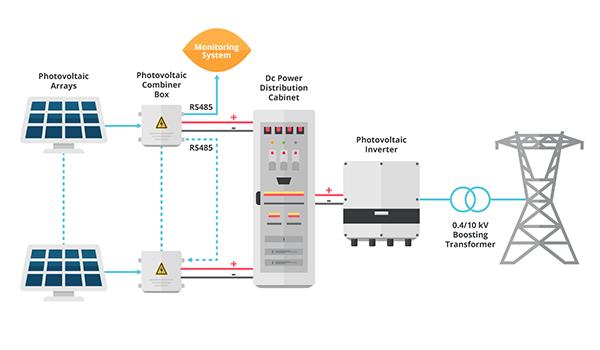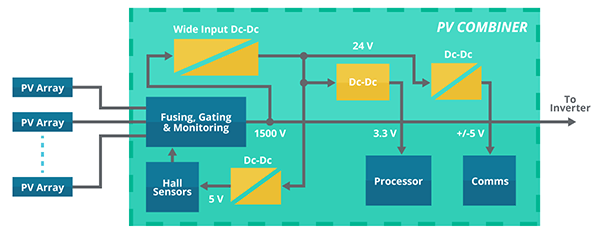Available Products
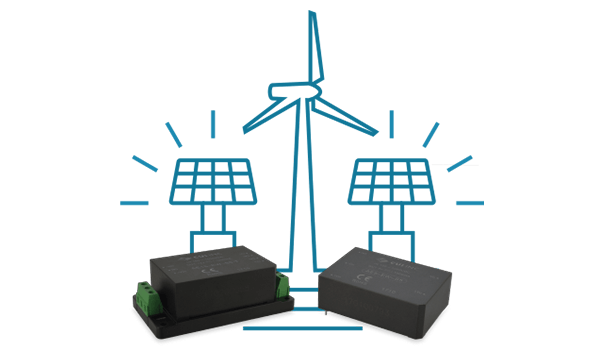
To address these design challenges, CUI has developed a family of off-the-shelf power solutions. The AE series is a range of dc-dc converters specifically designed to support both 1000 Vdc and 1500 Vdc photovoltaic systems thanks to input ranges of 100 to 1000 Vdc, 200 to 1200 Vdc, or 200 to 1500 Vdc. These ultra-wide input dc-dc converters offer power ratings from 5 to 40 W, while featuring 5600 Vdc isolation, rated operation up to 5000 meters, and an operating temperature range from -40 up to +70°C with no derating. With available outputs of 5, 9, 12, 15, or 24 Vdc, the parts comes as standard with over voltage, over current, and continuous short circuit protections.
- 5 to 40 W power ratings
- Fully encapsulated packages
- Input voltages up to 1500 Vdc
- Input voltage ranges up to 10:1
- 5600 Vdc input to output isolation
- -40 to 70°C operating temperature range
- Rated operation up to 5000 meters
- Over voltage, over current, short circuit protections
AE-EW Series Overview

CUI’s AE-EW series comes available in board mount, chassis mount, and DIN rail mount configurations with 5, 10, 15, and 40 W power ratings. The series features input to output isolation up to 5600 Vdc, a 100 to 1000 Vdc or 200 to 1200 Vdc input voltage range, and rated operation up to 2000 meters. It also carries EN 62109-1 safety approvals and complies with CISPR22/EN55022 Class A limits for conducted and radiated emissions.
| Series |
Power (W) |
Output Voltage (Vdc) |
Isolation (Vdc) |
Input Range (Vdc) |
Package Type |
| AE5-EW |
5 |
5 |
5600 |
100~1000 |
Board Mount |
| AE5-EW-T |
5 |
5 |
5600 |
100~1000 |
Chassis Mount |
| AE10-EW |
10 |
5, 9, 24 |
5600 |
100~1000 |
Board Mount |
| AE10-EW-DIN |
10 |
5, 9, 24 |
5600 |
100~1000 |
DIN Rail |
| AE10-EW-T |
10 |
5, 9, 24 |
5600 |
100~1000 |
Chassis Mount |
| AE15-EW |
15 |
12, 15, 24 |
5600 |
100~1000 |
Board Mount |
| AE15-EW-DIN |
15 |
12, 15, 24 |
5600 |
100~1000 |
DIN Rail |
| AE15-EW-T |
15 |
12, 15, 24 |
5600 |
100~1000 |
Chassis Mount |
| AE40-EW |
40 |
12, 15, 24 |
4000 |
200~1200 |
Board Mount |
| AE40-EW-DIN |
40 |
12, 15, 24 |
4000 |
200~1200 |
DIN Rail |
| AE40-EW-T |
40 |
12, 15, 24 |
4000 |
200~1200 |
Chassis Mount |
AE-UW Series Overview
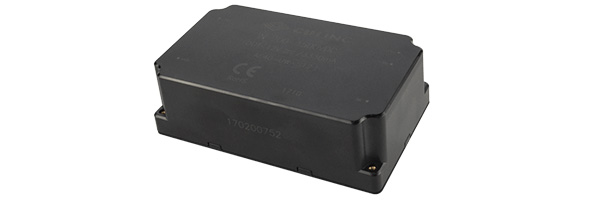
Offering 10, 15, and 40 W power ratings, CUI’s AE-UW series is housed in fully encapsulated board mount packages with 5600 Vdc isolation, a 200 to 1500 Vdc input voltage range, and rated operation up to 5000 meters. The AE-UW series carries the same safety approvals as the AE-EW series and is further designed to meet UL 1741.
| Series |
Power (W) |
Output Voltage (Vdc) |
Isolation (Vdc) |
Input Range (Vdc) |
Package Type |
| AE10-UW |
10 |
5 |
5600 |
200~1500 |
Board Mount |
| AE15-UW |
15 |
12, 15, 24 |
5600 |
200~1500 |
Board Mount |
| AE40-UW |
40 |
12, 15, 24 |
5600 |
200~1500 |
Board Mount |
